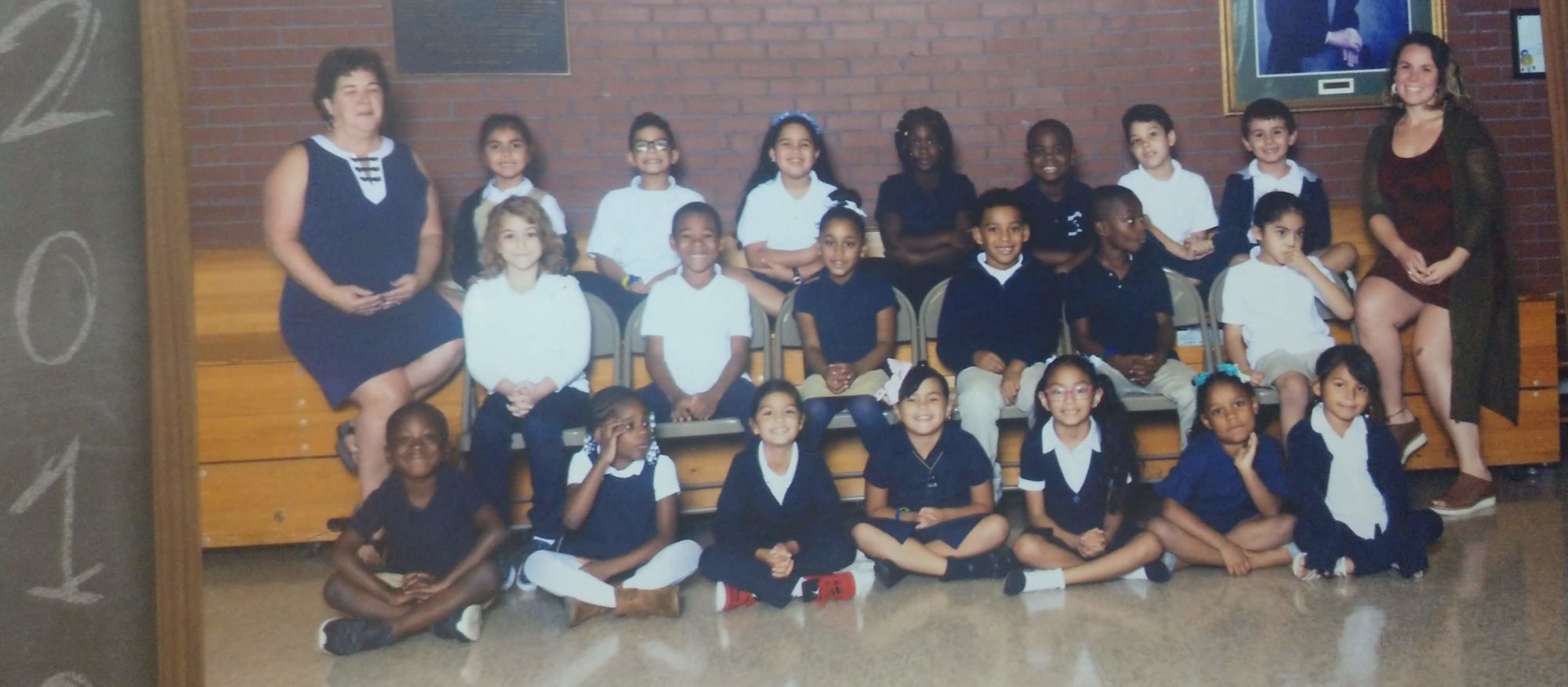Students will be able to work collaboratively and communicatively in teams.
Throughout the year, teamwork was a central role of the functioning of my classroom. I know social-emotional learning to be imperative to the smoothe functioning of a young elementary school class. As students come each with different baggage they carry and a young, developing brain, it is so important for students to have the tools to communicate and collaborate effectively.
In the case of my engineering unit, learning about teamwork really came through especially in terms of compromise. My students were tasked with the challenge to come up with a model for how to create their boat out of found items. Among several eager brains, coming up with one plan was really challenging. It wasn’t until after the first lesson that I realized my students needed some explicit modeling and teaching of compromise. There were many moments like this throughout the year, where I’ve found having my own solid understanding of what compassionate collaboration looks like has influenced my classroom immensely.
Students will develop the skills to harness their inquisitiveness and curiosity through question-making, conversations, and researching.
While this goal was involved in most of my lessons, it became especially prominent when there were guest visitors. It is such an invaluable time to see my students interact with other adults. Their ability to form relevant questions, stay on task, and listen to each other’s answers impressed me every time we had a guest in the classroom. Please see my video of my unit about what it means to be a good citizen for an example of some of my student’s questions they asked our guest speaker who I Skyped in to talk about her experience working on the border helping immigrants in their search for safety.
Many of my students being immigrants themselves, or children of immigrants, were very receptive to this phone call and I think left a very lasting impact.
Students will be able to use words in reading, writing, and speaking that express their understanding.
Throughout the year, I used the tool of a Think, Turn, and Talk for students to practice expressing themselves verbally in a low-stakes environment. Especially for my ELLs, this time to practice speaking is precious and critical to their language acquisition as they transition from words they may use in their daily interpersonal connections, to more academic vocabulary.
During my engineering unit, I had students self-reflect and self-assess their ability to create a boat following set guidelines as well as make sure they were following the class guidelines we’d set for working in a group. This type of self-reflection requires an ability to express oneself through writing, which I asked them to do after several lessons.
In order to allow for the many ways there are to express oneself and show understanding, I used a variety of tools for assessment. In my Teaching and Learning Portraits, you will see the variety of performance assessment tools that I used including individual writing assignments, group drawing excercises, interviews, and informal assessment based on my observation.
